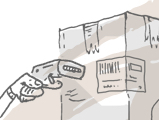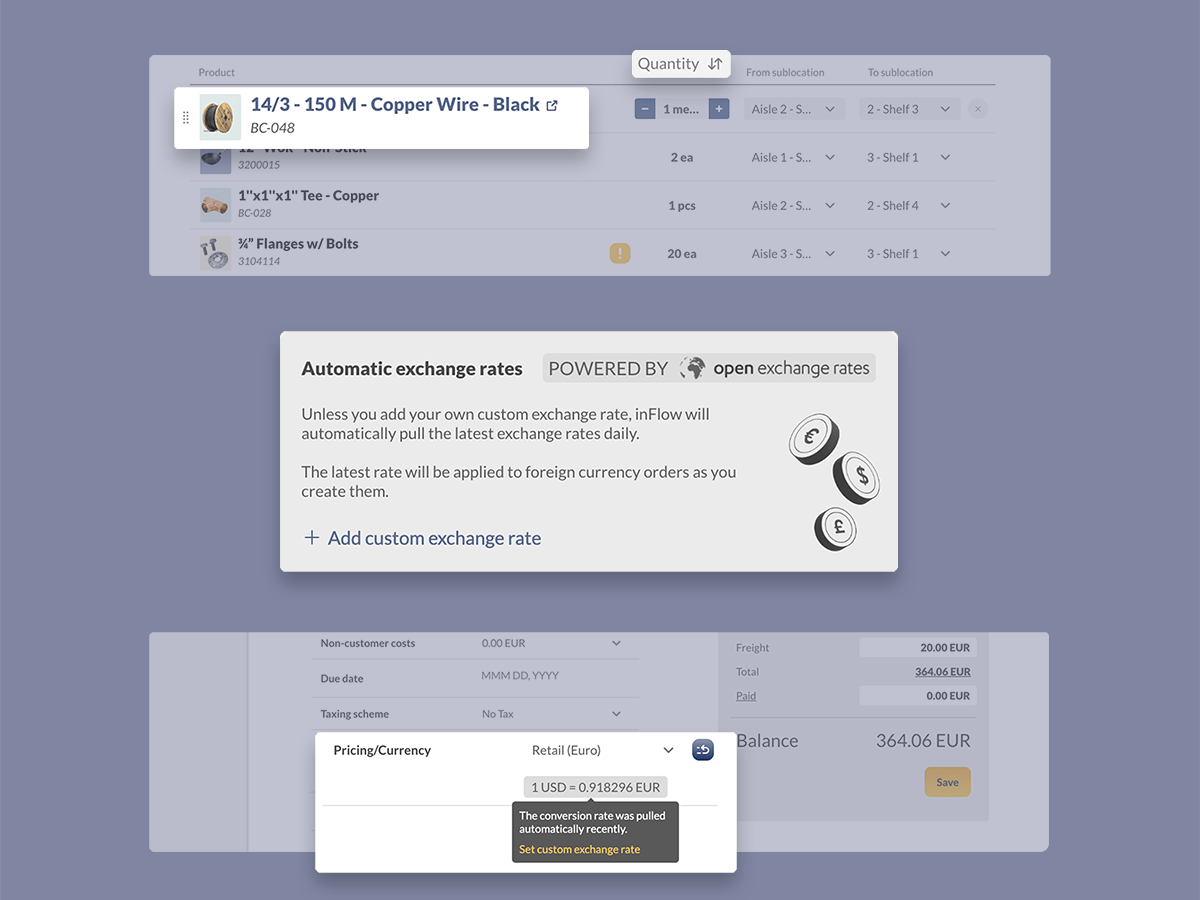Copywriting is one aspect of your website which can be overlooked when designing a new online presence. It can seem that a description is all you need, though hours will be spent on the graphics and layout of your new site. Often times however, the most powerful tool that you have in online sales is the website copy.

What’s more, this copy can be the item which has the largest effect on whether your potential clients reach your website at all.
According to Craig Anderson at Smashing Magazine, five of the most common mistakes you can make when writing copy for your online store include:
1. Having nothing to say
2. An inconsistent tone through the website
3. Exaggeration (this can appear insincere)
4. Ignoring convention (eg. writing “give us a ringle-dingle” when “contact us” will suffice)
5. Forgetting to check your copy for localized language (eg. if you mention a “lorry” to an English speaking customer outside the UK they may not understand you’re referencing a truck).
These seemingly minor mistakes can be detrimental to your sales and conversion of visitors into customers. Since the copy and your visual aids are the only tools at your disposal for online sales, it is important to convey your branding through each paragraph, and every turn of phrase. What’s more, as Linda Bustos notes in her article on The 4 Pillars of Ecommerce Copywriting, you are “writing to build trust.” Exaggeration and localized language won’t help with that either.
Common ways to build trust for a product include testimonials (this can be much more effective if you can link to an external site which holds praise for your product). You can also learn to persuade by learning who you’re writing for. Where are your customers from? Why would they buy your product? What unique selling point does your company have that sets you apart from the others? These are all important ideas and should be considered when planning out your writing.
Bustos goes on to mention that when writing copy you should keep in mind that the copy needs to be written. Although many companies may have descriptions written for their products, search engines will often cut results from a search when they see the same text as other sites. So, although it may save you some work at the outset, it’s likely not a good idea to copy the manufacturer’s description word for word. When writing, it is important to remember that you’re trying to gain the reader’s trust, ensure they understand you and persuade them to buy.
And finally, remember that a little personality can go a long way. But don’t overdo it, there’s a fine line between personable and presumptuous. You’re still speaking to customers so a little decorum is important. As an example, here are a few sites which toe the line well:
• Moo Business Cards https://us.moo.com/
• Get Satisfaction https://getsatisfaction.com/
Resources
Anderson, Craig. “E-Commerce Copywriting: The Guide to Selling More.” Smashing Magazine. December 20, 2010. December 23, 2010. <https://www.smashingmagazine.com/2010/12/20/ecommerce-copywriting-the-ultimate-guide-to-selling-more/?utm_source=feedburner&utm_medium=feed&utm_campaign=Feed:+SmashingMagazine+%28Smashing+Magazine%29&utm_content=Google+Reader>
Bustos, Linda. “The 4 Pillars of Ecommerce Copywriting.” Get Elastic. July 7, 2010. December 23, 2010. < https://www.getelastic.com/4-pillars-ecommerce-copywriting/>








0 Comments